Fiber Lasers: Unclad Yb:YAG crystalline fiber acts as purely waveguided laser
As is true with bulk solid-state lasers, transitioning from the use of dopedglass to the use of a doped single-crystal gain medium is an important step inscaling up the output power of individual fiber lasers.
For this reason, single-crystal fiber(SCF) is under intensive development. Various configurations have been created,including crystalline-clad crystalline fiber created using adhesive-freebonding (difficult to fabricate and thus not suitable for mass production),glass-clad crystalline fiber (not suitable for power scaling because of thethermal insulating properties of the glass cladding), and unclad SCF (which isvery suitable for research, but will need a suitable cladding depositiontechnique for wider use).
Previous tested unclad SCFconfigurations have consisted of short (30–60 mm long) flood-illuminatedcrystalline rods with a 1-mm-or-less diameter in which the pump light bouncesalong inside the rod because of total internal reflection, but the modestructure of the output laser light itself is defined solely by the cavitymirrors—in other words, the SCF has not acted as a waveguide for the laserlight and is more a bulk than a fiber laser.
In contrast, a longer and thinnerdiode-pumped unclad ytterbium YAG (Yb:YAG) crystalline fiber recently developedand tested by researchers at the U.S. Army Research Laboratory (ARL, Adelphi,MD) and Shasta Crystals (San Francisco, CA) has demonstrated pure waveguidedlaser operation (see figure).
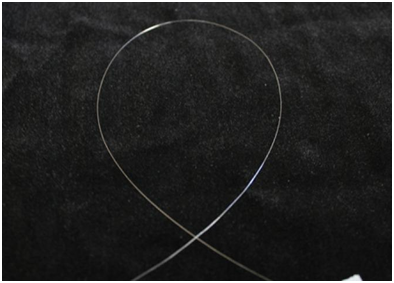
1 The SCF, which is 100 μm in diameterand 100 mm long with a 1% dopant concentration, was fabricated by ShastaCrystals using a laser-heated pedestal-growth (LHPG) technique potentiallysuitable for mass production of SCF (although it will require the developmentof a mass-producible crystalline cladding deposition method). The fiber enablesexperimentation and optimization of SCF.
High conversion efficiency
In the experimental setup, a non-antireflection-coatedsection of SCF is sandwiched between two laser cavity mirrors—light from alinearly polarized laser diode emitting at 969 nm with a 3 nm bandwidth isfocused onto one end of the fiber, passing through the rear (dichroic) cavity mirrorand into the fiber. The fiber sits loosely in a V-groove to confine it withminimal physical contact, while a convex lens collimates the laser's output. Aconverging lens, a laser-line filter, and a laser power meter allow collectionof data on the laser output.
Since no thermal grease was used to drawheat from the fiber because of a resulting adverse effect on waveguiding, thediode pump was operated in a quasi-continuous-wave (QCW) mode at a 1% dutycycle to keep the fiber cool. The 1 ms pump pulse length is on the same orderof the upper laser level lifetime of Yb3+ in YAG, and so the experimentalresults are representative of CW operation—just at a reduced thermal load.
Various output-mirror reflectivitiesfrom 18% to 70% were tried, with the optimum reflectivity found to be 25%. Witha QCW pump input of 91.6 W (averaging out to a bit less than a watt because ofthe 1% duty cycle), the QCW laser output was about 53 W at a 1030 nmwavelength, showing that the fiber laser was efficient even in its unrefinedexperimental configuration.
As for the SCF parameters themselves,Giselle Maxwell, president and CEO of Shasta Crystals, explains that the 1%dopant level was determined by spectroscopy studies to help decide whatconcentration would provide the best conditions for lasing; the length of thecrystal was determined by the same spectroscopy studies, which determine howlong a crystal should be for a certain concentration of dopant to achievemaximum absorption of the pump beam and the most efficient lasing effect in thecrystal; and the diameter of the crystal was determined as a function ofconvenience for the user and what effect was desired (smaller diameters lead tobetter waveguiding).
"Next steps are to improve oncladding technology (mostly thickness of the cladding) to provide a trueall-crystalline double-clad single-crystal fiber that will beat the performanceof any double-clad glass fiber because of improved thermal conductivityproperties," notes Maxwell.

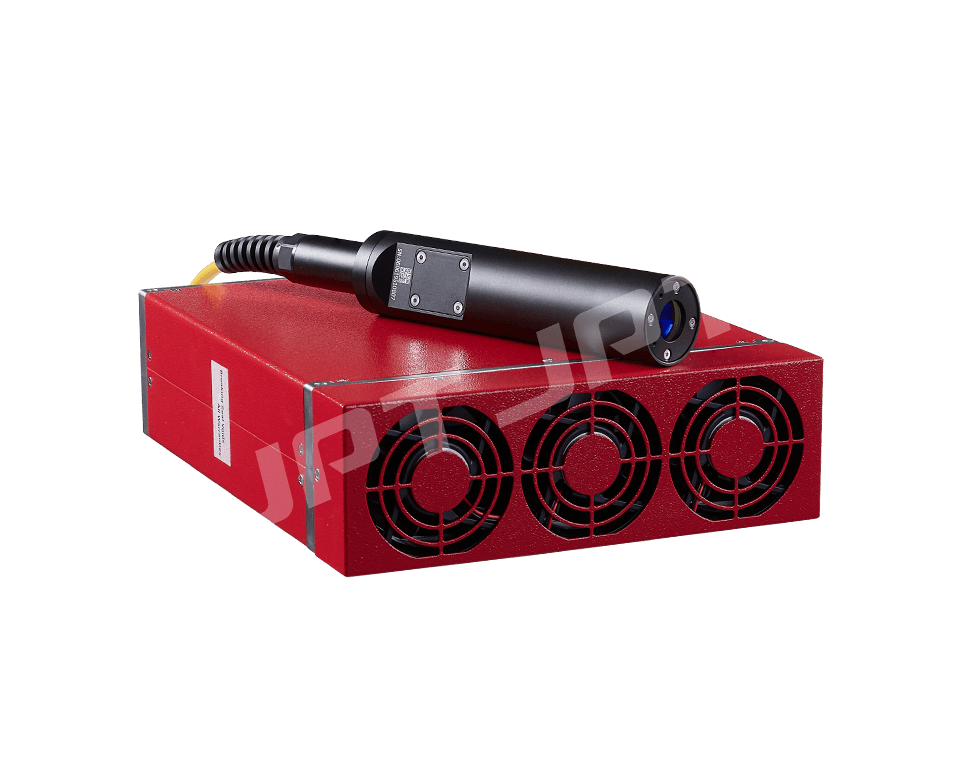 M7 20W-100W
M7 20W-100W
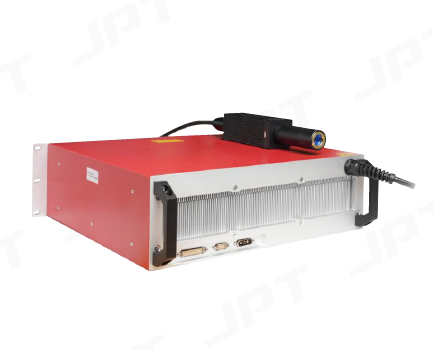 M7 200W-300W
M7 200W-300W
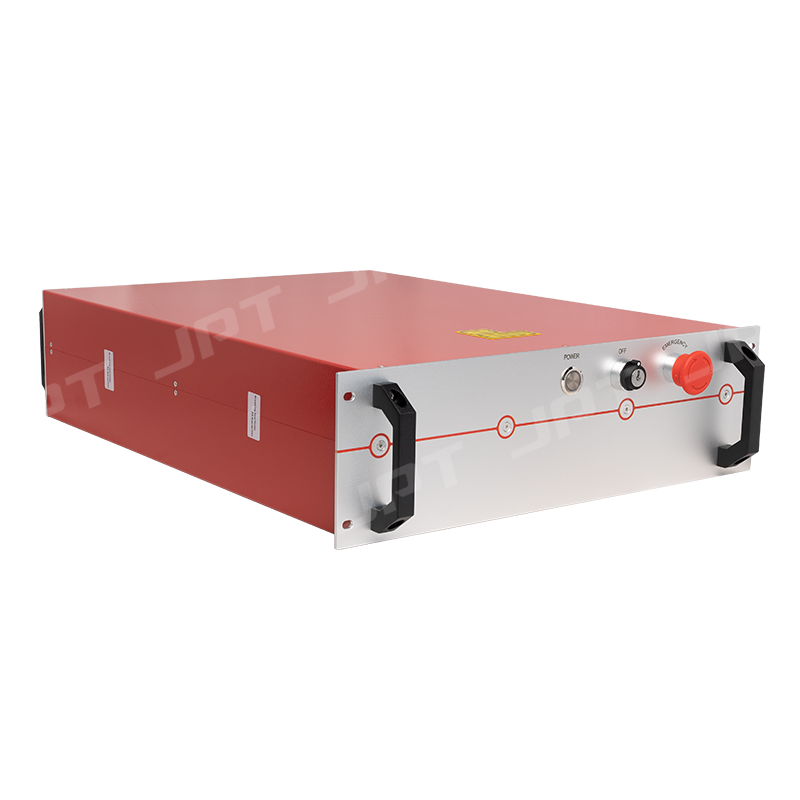 M7 500 - 1000W
M7 500 - 1000W
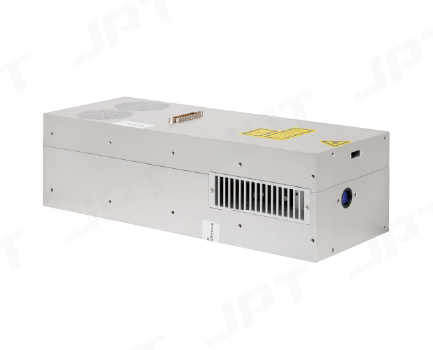 M8 20 - 50W
M8 20 - 50W
 M8 120 - 300W
M8 120 - 300W
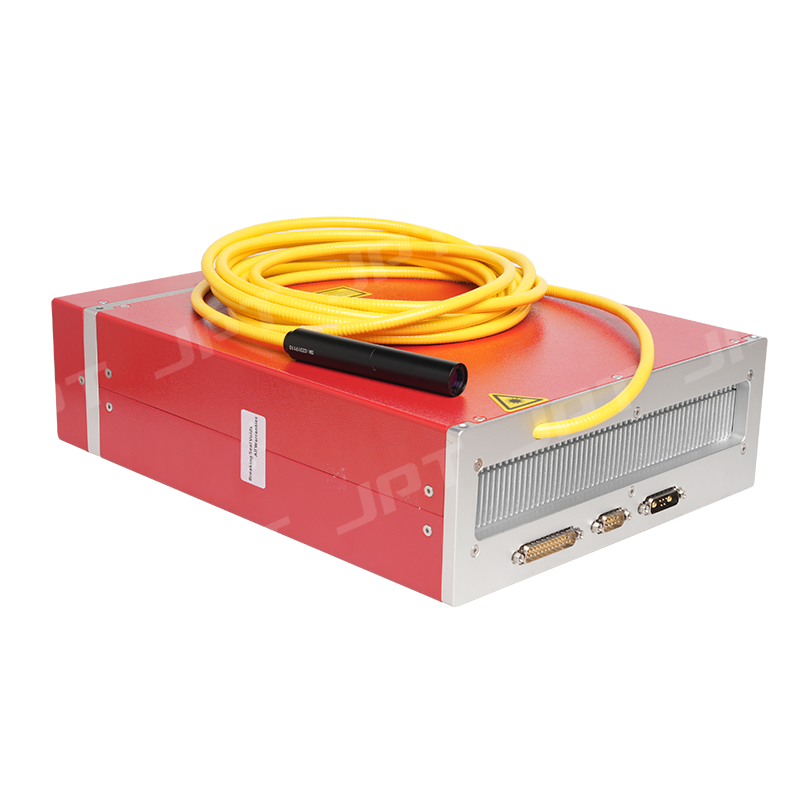 CL2 200W-300W
CL2 200W-300W
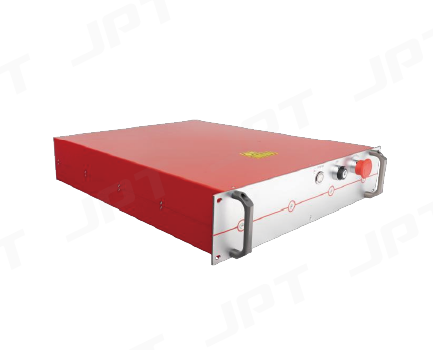 CL 500W~1000W
CL 500W~1000W
 CL 2000W
CL 2000W
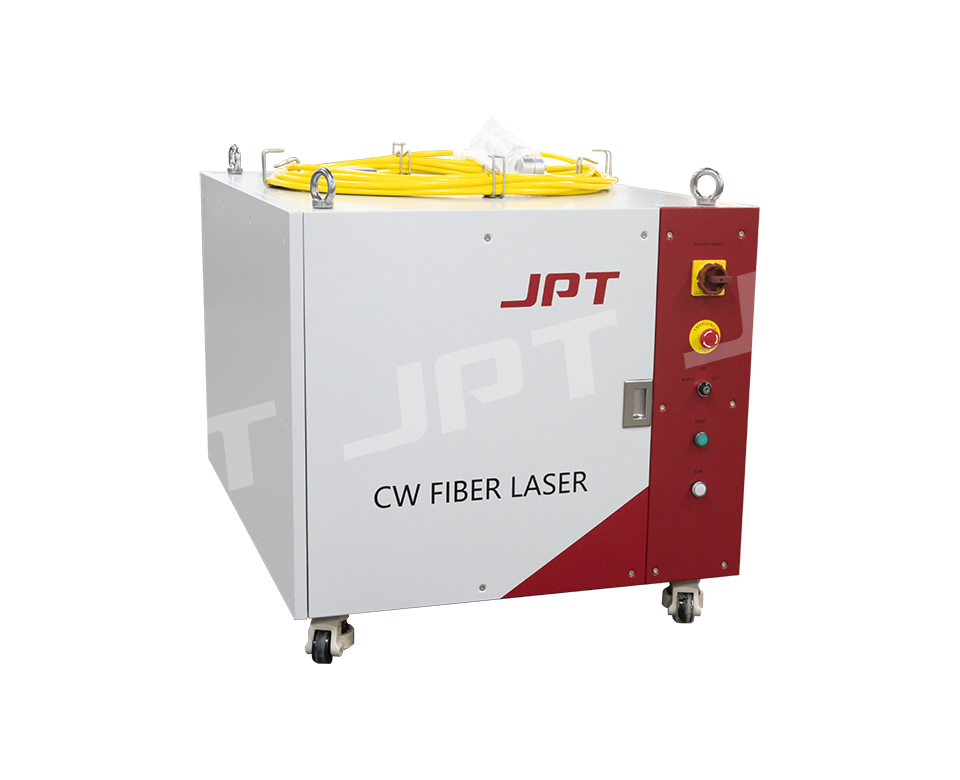 Multi-Module CW 6000W
Multi-Module CW 6000W
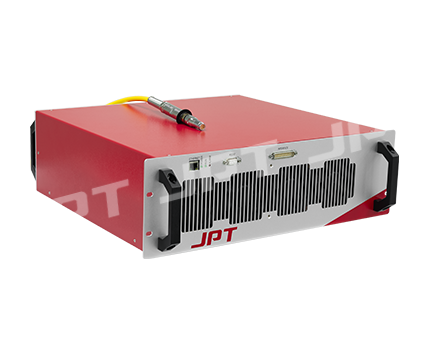 QCW 150W/1500W
QCW 150W/1500W
 Multi-Module CW 12000W
Multi-Module CW 12000W
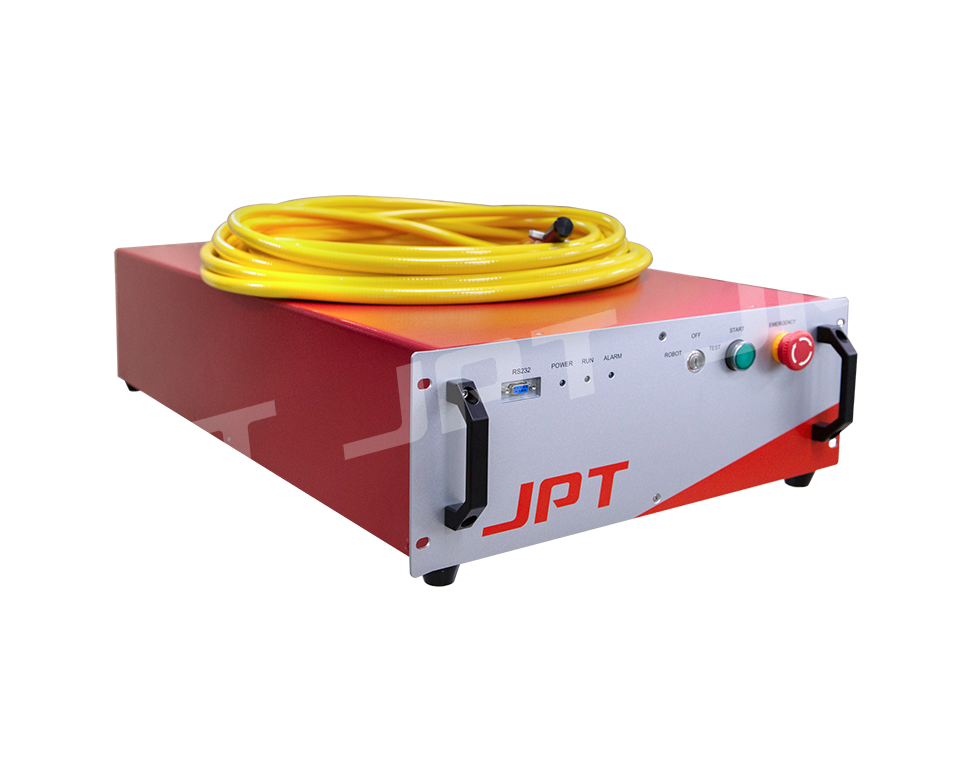 Single-Module CW 1500W-3000W
Single-Module CW 1500W-3000W
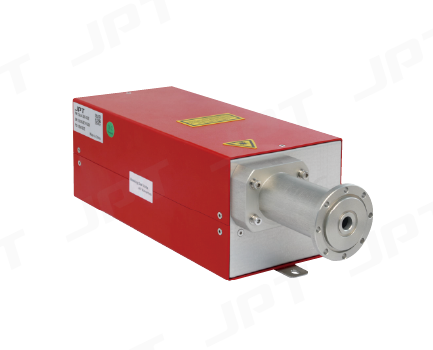 SEAL 355-3/5
SEAL 355-3/5
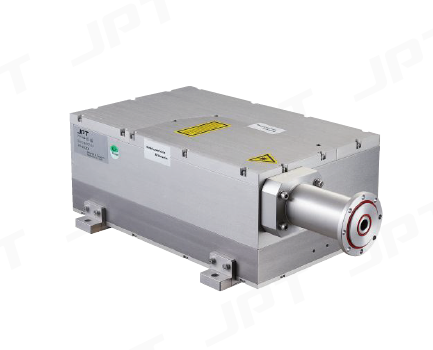 SEAL 532
SEAL 532
 LARK 355-3/5
LARK 355-3/5
 PS IR/GR/UV Picosecond Laser
PS IR/GR/UV Picosecond Laser
 SEAL 355-10/15/20/30
SEAL 355-10/15/20/30
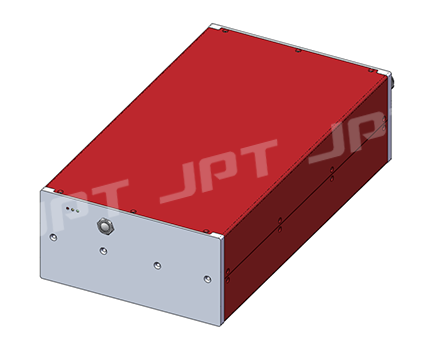 Semiconductor Laser with Red Light Series 200W
Semiconductor Laser with Red Light Series 200W
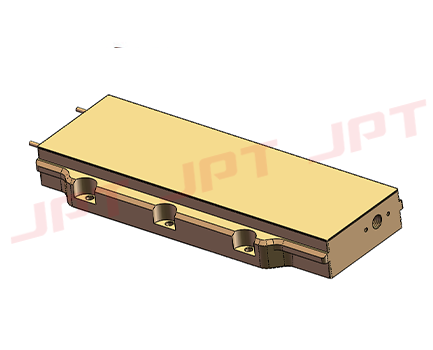 450nm—100W High Power Diode Laser
450nm—100W High Power Diode Laser
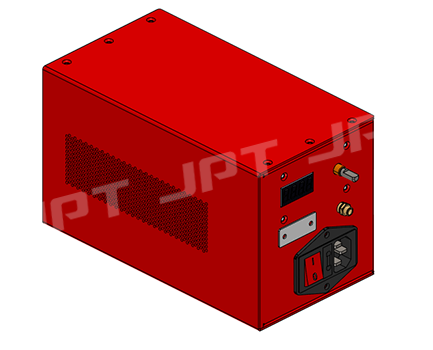 10W-1064-01 Silicon Transmission Series Detection Moduler
10W-1064-01 Silicon Transmission Series Detection Moduler
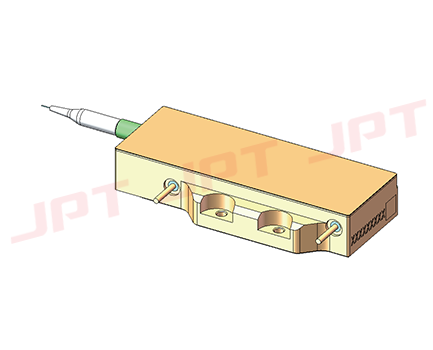 1060nm Series
1060nm Series
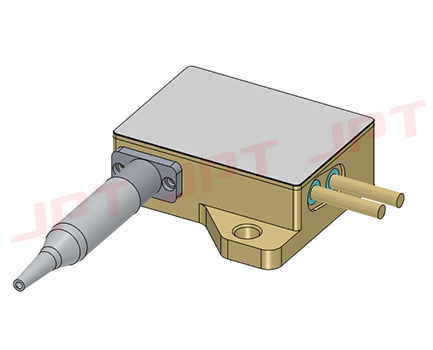 880nm Series
880nm Series
 808nm Series
808nm Series
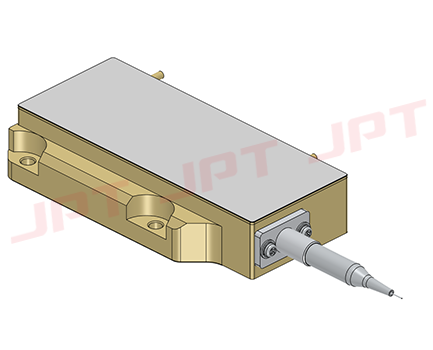 976nm Series
976nm Series
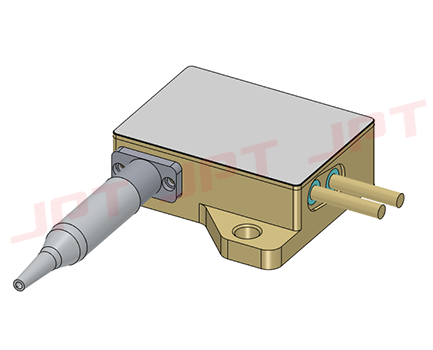 915nm Series
915nm Series
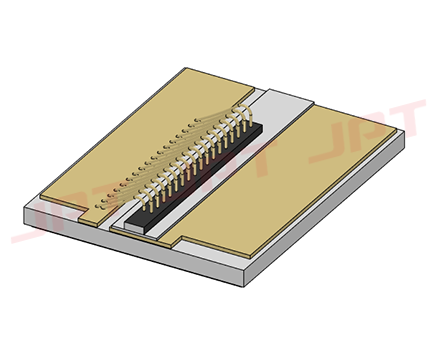 COS Encapsulated Semiconductor Laser
COS Encapsulated Semiconductor Laser
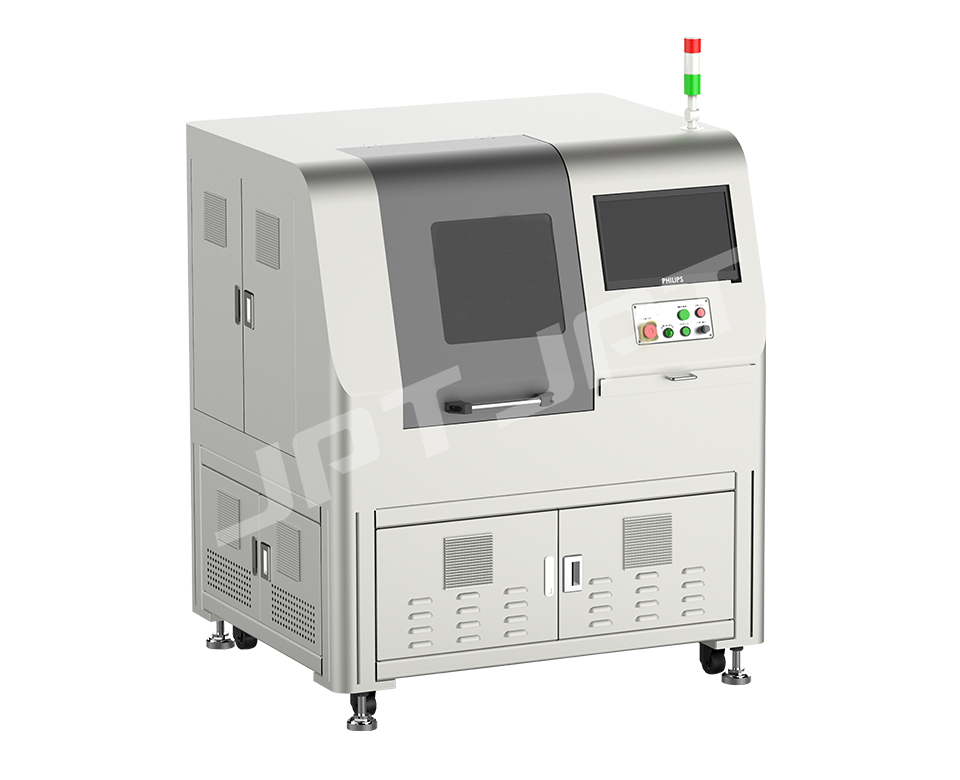 Laser Scriber
Laser Scriber
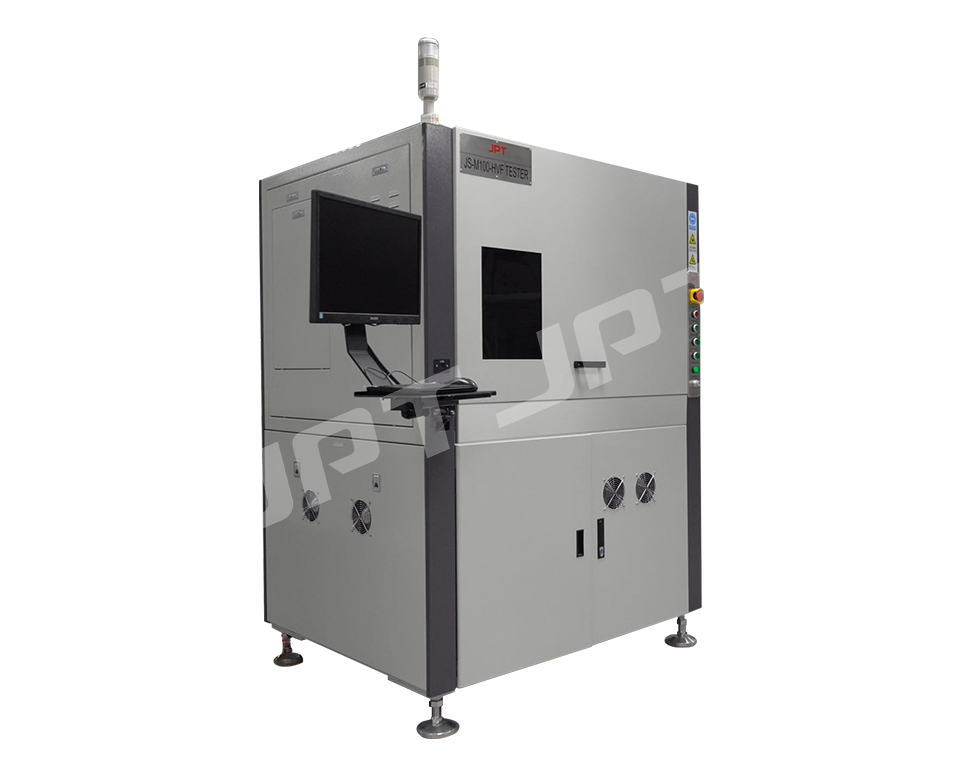 High Voltage Resistor Tester
High Voltage Resistor Tester
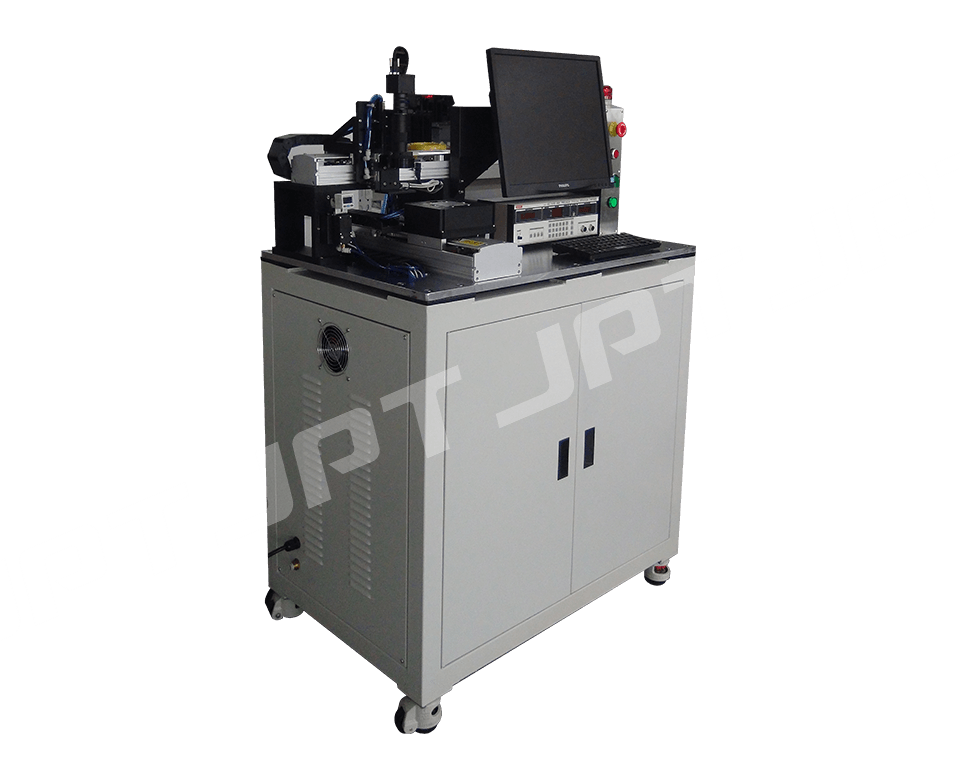 Single Chip Resistor Tester
Single Chip Resistor Tester
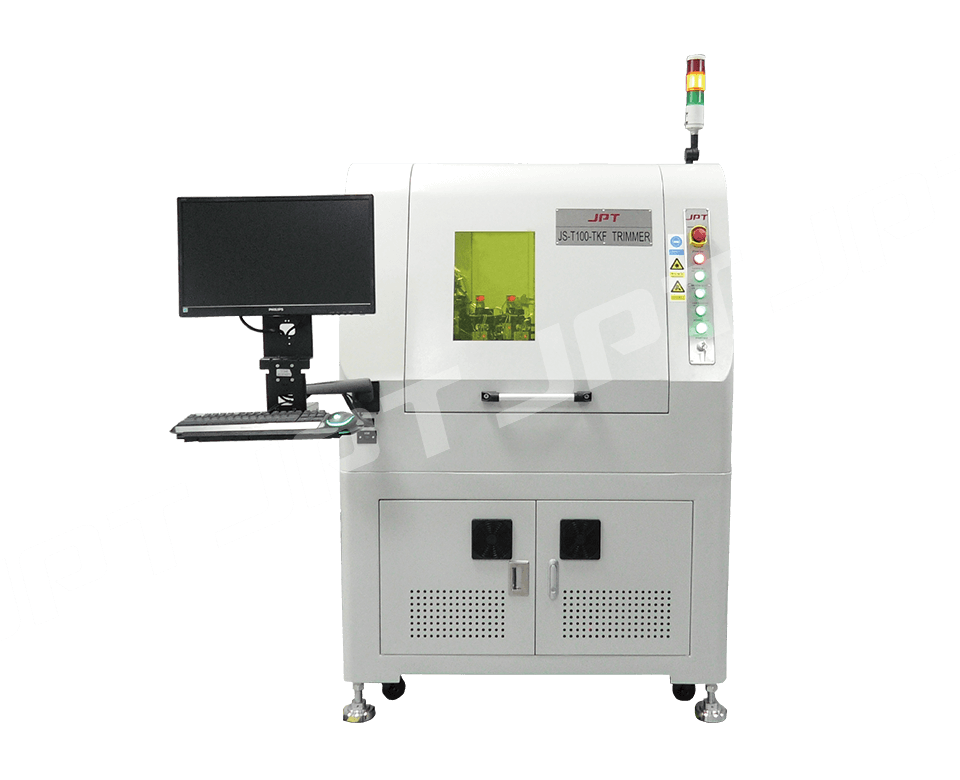 Laser Trimmer
Laser Trimmer
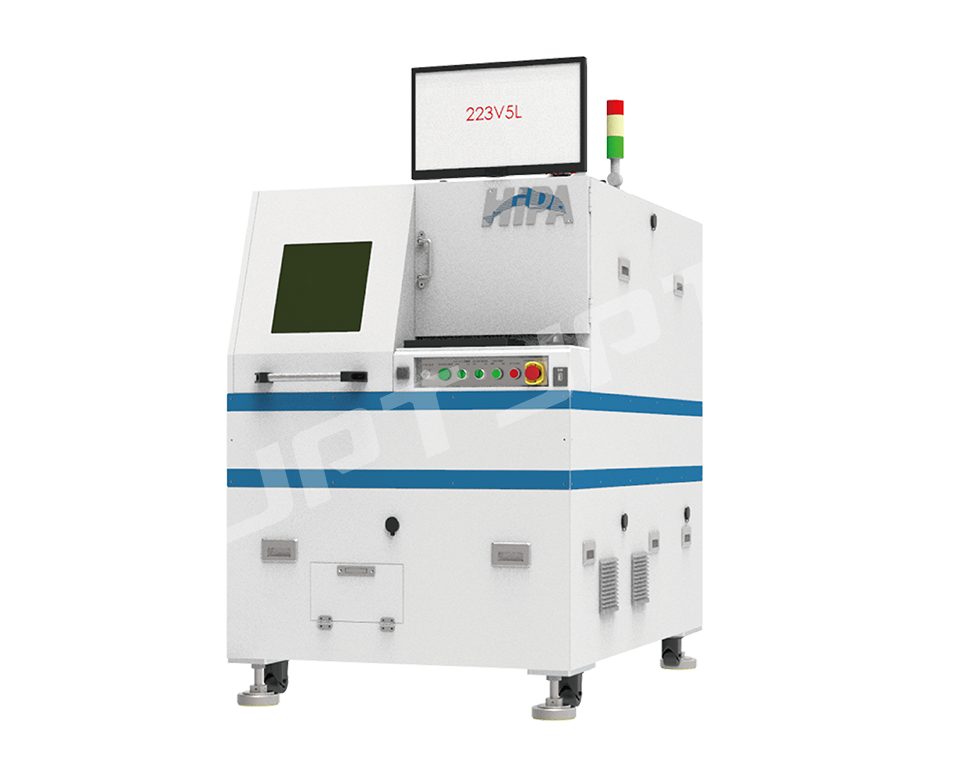 Hybrid Trimmer
Hybrid Trimmer
 HiPA-TT Light Transmittance Tester
HiPA-TT Light Transmittance Tester
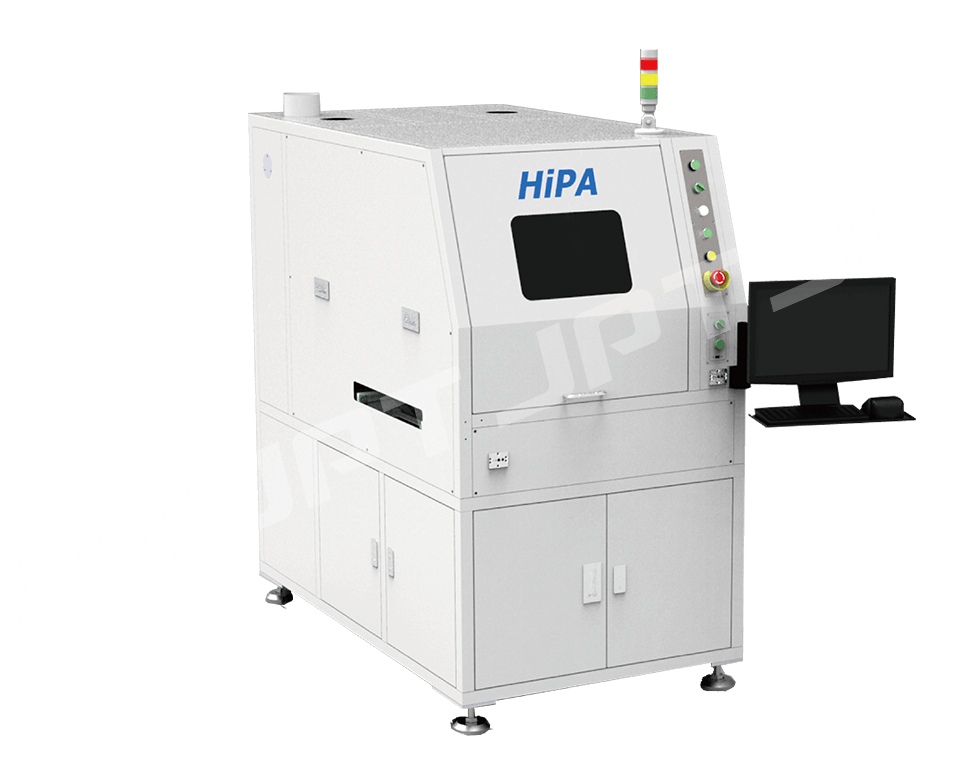 PCB Laser Marking System
PCB Laser Marking System
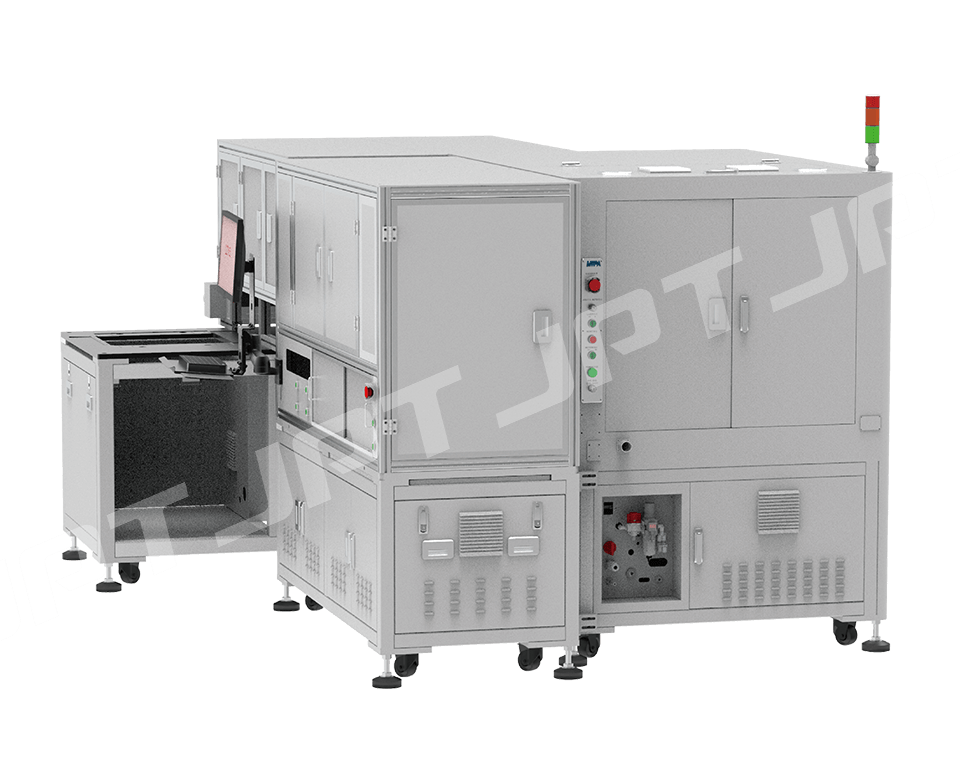 Ghost Writer & Reader - Subsurface 2D Barcode Marking & Reading System
Ghost Writer & Reader - Subsurface 2D Barcode Marking & Reading System
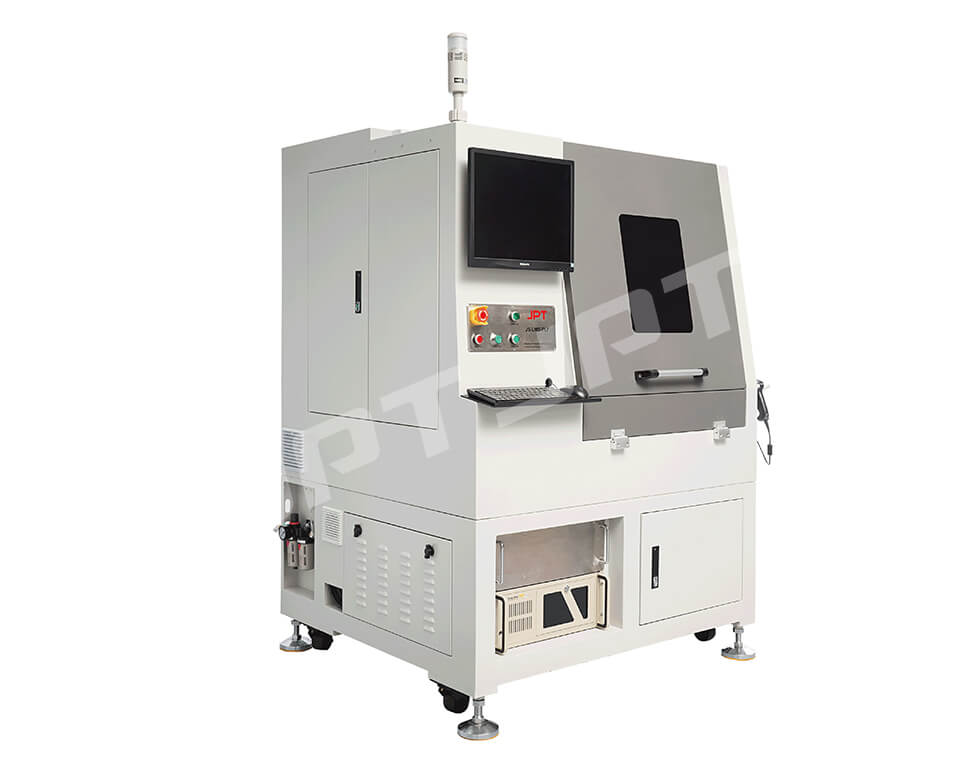 High Precision 2DBC Laser-marking
High Precision 2DBC Laser-marking
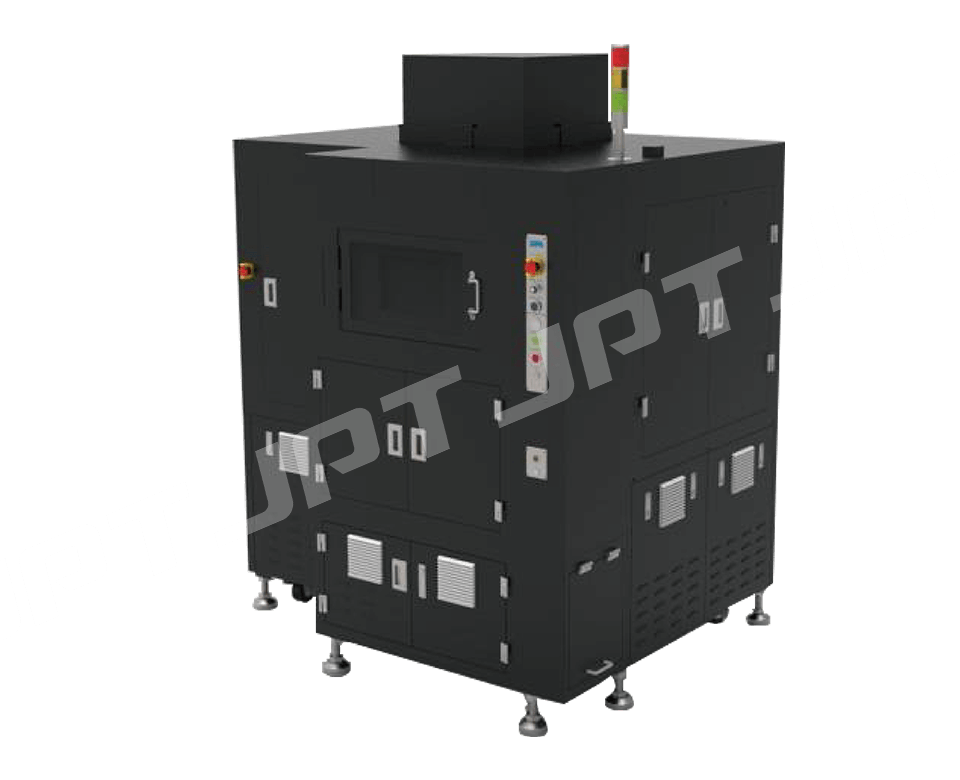 Comprehensive VCSEL Module tester
Comprehensive VCSEL Module tester
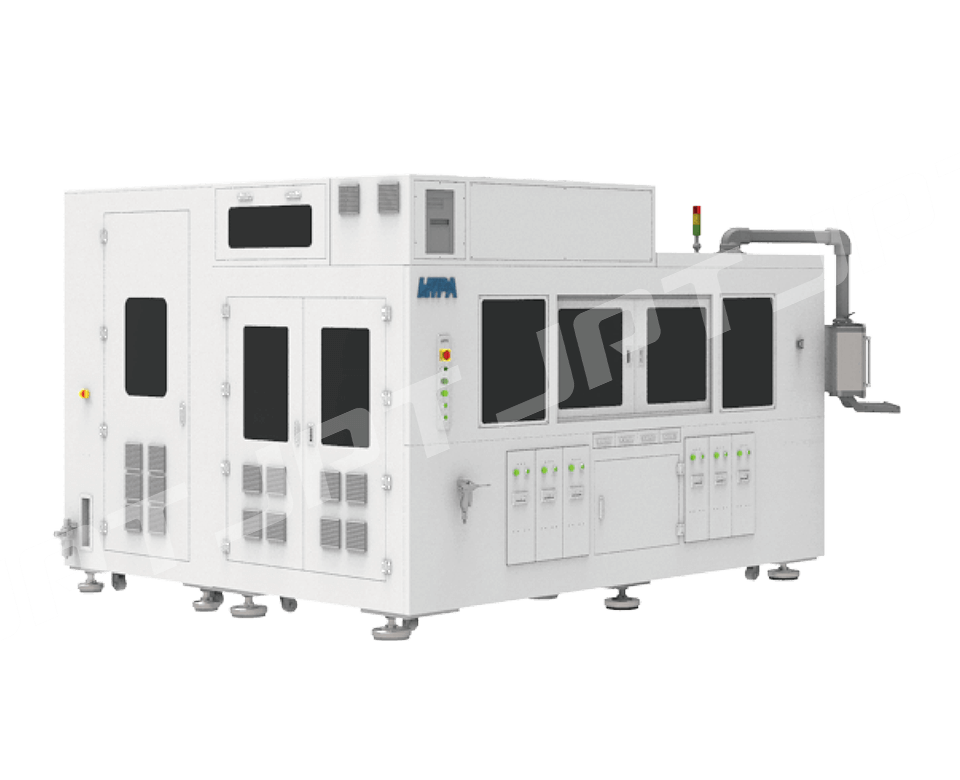 Comprehensive LED-PD Integrated Module Testing
Comprehensive LED-PD Integrated Module Testing
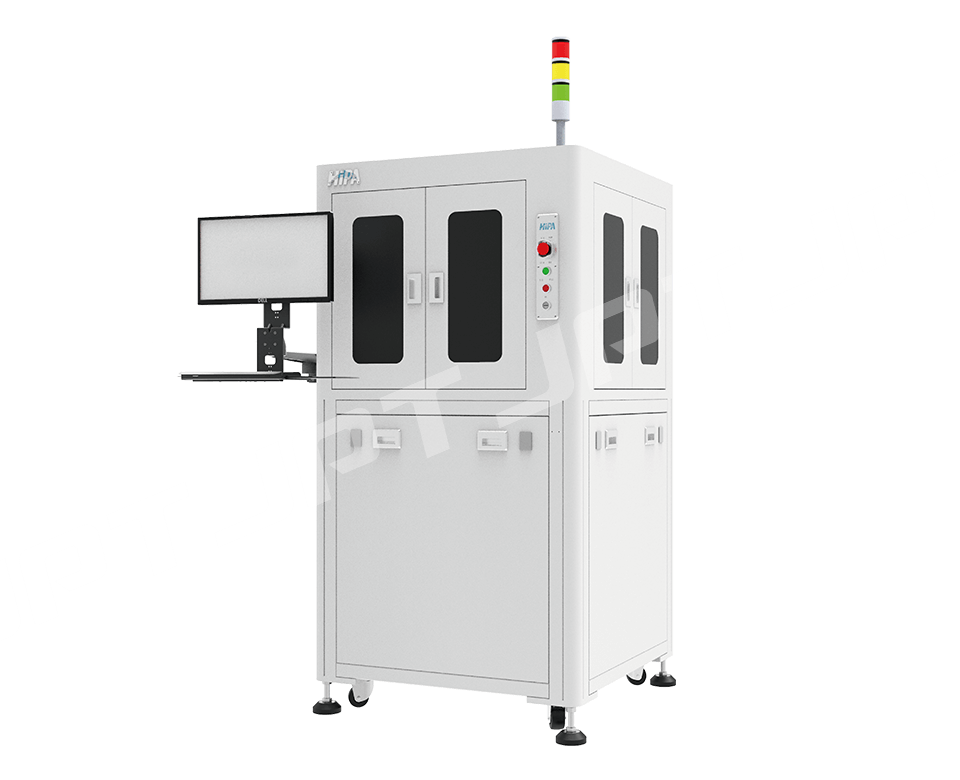 Six-sided Inspection Machine
Six-sided Inspection Machine


